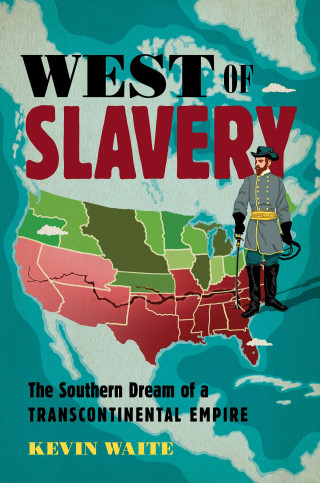The Ku Klux Klan was on the rise in the spring of 1869. Vigilantes could measure their success that season by the carnage they left behind: marauded homesteads, assaulted politicians, a church burned to the ground. According to a local report, insurance companies considered canceling their policies, “owing to the Ku Klux threats.” A school serving students of color was supposedly next on the Klan’s hit list.
Such havoc could describe almost any southern state in the late 1860s. But in this particular instance, it describes California. With help from the journalist Knute Berger, I’ve uncovered more than a dozen attacks attributed to the Klan in California from 1868 to 1870, as well as a smaller number in Utah and Oregon. That figure is minuscule compared with what the former Confederate states endured in these years. Nonetheless, each of these western attacks left victims and sowed terror. And collectively, they challenge common assumptions about America’s long history of white-supremacist violence.
The story of the western Klan resembles that of its southern counterpart in the broad outline—vigilantes asserting white supremacy at gunpoint. But whereas southern Klansmen assaulted Black Americans and their white allies, western vigilantes targeted those they deemed a greater threat: Chinese immigrants. By 1870, migrants from China accounted for roughly 10 percent of the state’s population and a quarter of the total workforce. By comparison, Black people represented no more than 1 percent of the population. In striking against the Chinese and their employers, vigilantes framed their assaults as a campaign for white workers.
Sometimes the mere threat of violence sufficed. Like southern Klansmen, western vigilantes operated in a cryptic and clandestine fashion. In April 1869, “another open Ku Klux proclamation, without address or envelop[e] … was thrown into the Post Office receiving box last night,” reported the Patriot of San Jose. “It threatens a destruction of all the crops of persons employing even a single Chinaman.” Another message, signed “Ku Klux Klan,” threatened to disembowel a citizen near Marysville, California, for his comparatively progressive views on race.
California Klansmen played the victim and reveled in theatricality. “Action! Action! Action!” demanded a manifesto addressed to “fellow members of the KKK” that was distributed near San Francisco in 1868. The letter vowed “retribution and vengeance” and promised to “sheath daggers” in the breasts of those who sought the “enslavement of a free people”—that is, white workers. The irony of white supremacists complaining about slavery was apparently lost on certain Klansmen.
